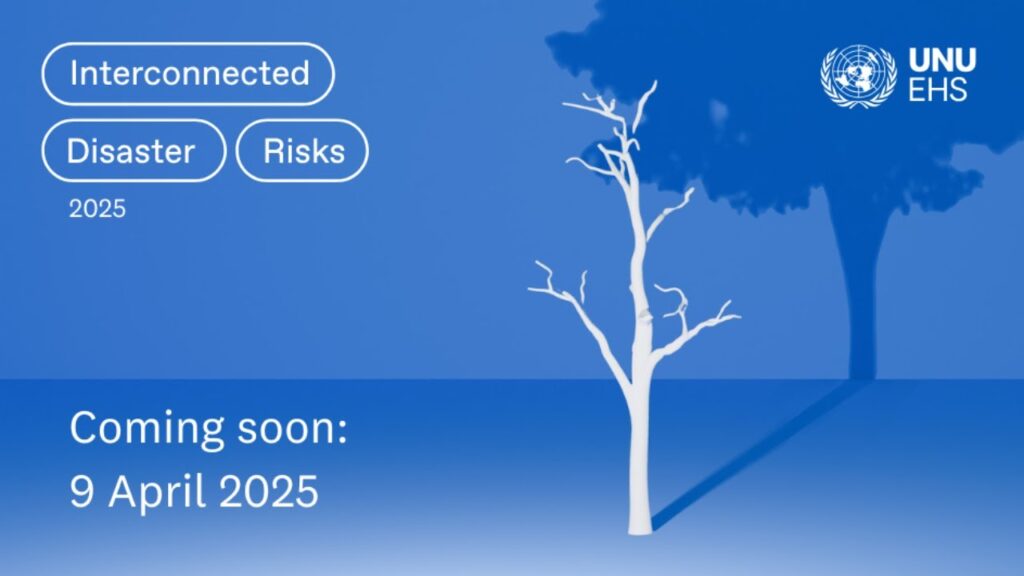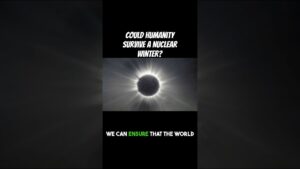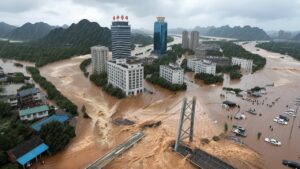
The 2025 edition of the report answers a question that is highly relevant: For several decades, we have known about the massive crises we are facing, such as climate change, biodiversity loss or waste. We know the problems, and we know many good solutions, too. But progress remains slow and does not seem to take place to an extent that matches the severity of the problems. In some cases it can even appear as though society is making no progress at all or moving backwards. The report analyzes why that is, and it provides a framework on how we can get past these hurdles and make a real difference.
The report discusses five big changes that can address many of the world’s most pressing problems, and it offers specific entry points to most effectively bring them about. Throughout, it highlights dozens of positive tangible examples already happening all around the world and showcases what is possible.
Interconnected Disaster Risks is a science-based report designed to be accessible to the general public. It is published by United Nations University’s Institute for Environment and Human Security (UNU-EHS). First released in 2021, it has a different topical focus for each edition, with the aim to shed light on the interconnections that are at the root of today’s global challenges, as well as solutions. The main report is supplemented with five technical background reports featuring more in-depth scientific analysis for each of the cases highlighted in the main report.
source



